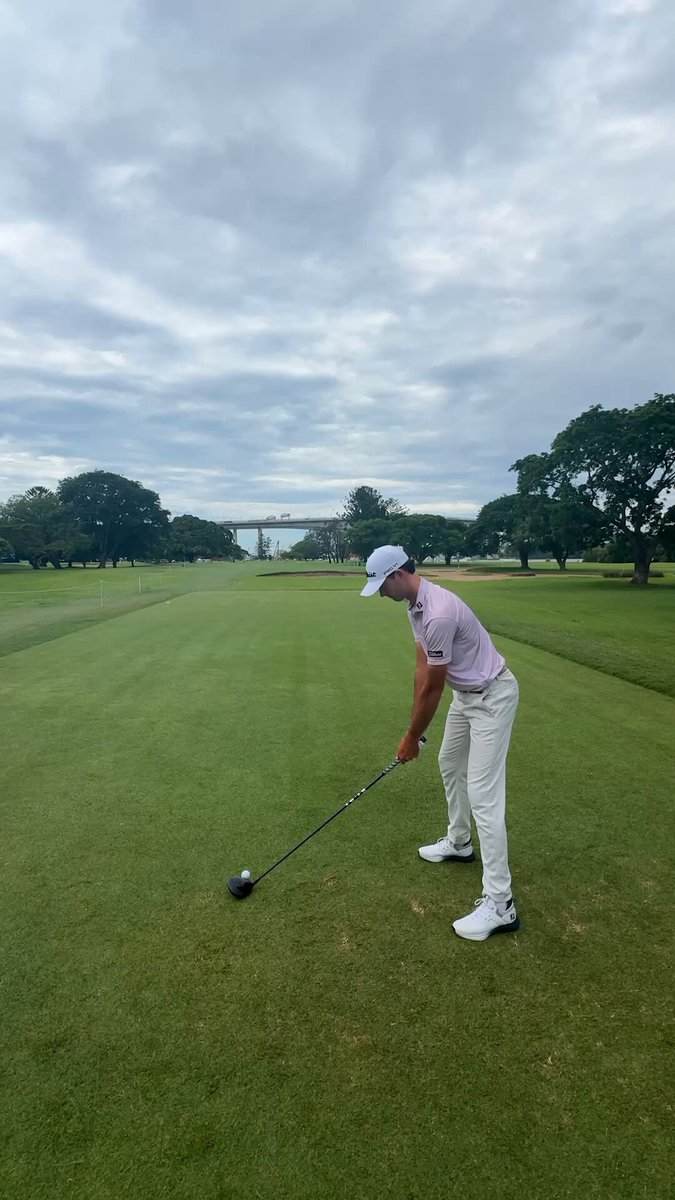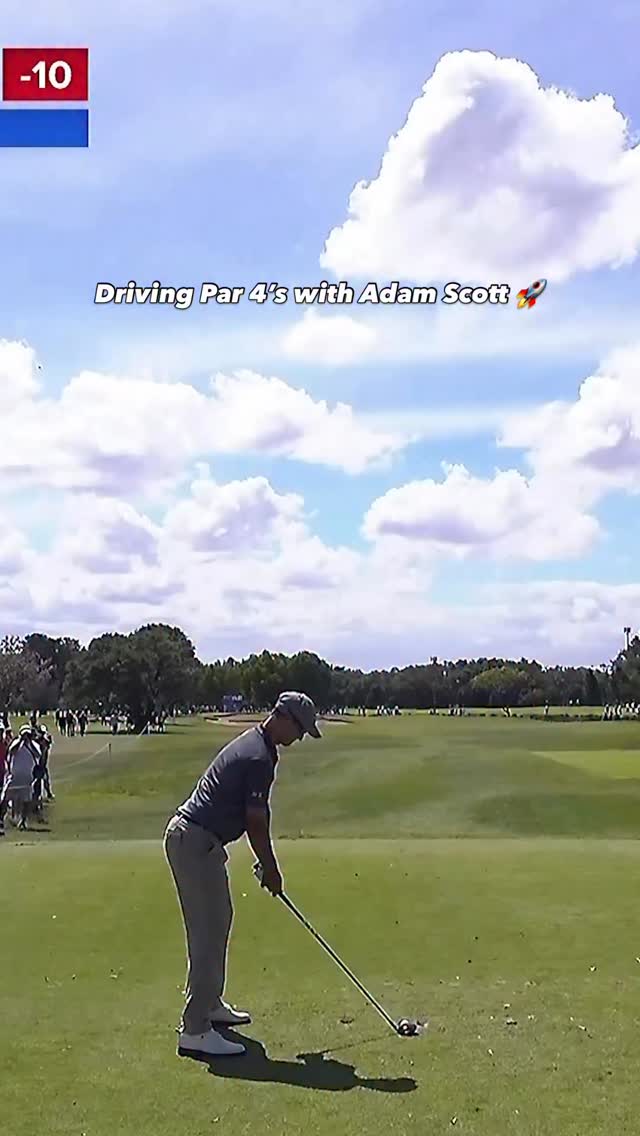Experience the highlights from the PIF Future Fairways simulator challenge featuring top golfers Hatton, Salhab, DJ, and Niemann in one exciting edit.


Experience the highlights from the PIF Future Fairways simulator challenge featuring top golfers Hatton, Salhab, DJ, and Niemann in one exciting edit.

St Francis Links, located on South Africa’s picturesque coastline, is ready to welcome the Fitch Leedes PGA Champs this week. Known for its natural beauty and challenging layout, the venue promises an exciting test for the field.
The course is renowned for its links-style design, featuring undulating fairways, strategic bunkering, and coastal winds that can significantly influence play. Players will need to combine precision and adaptability to navigate the course successfully.
With the tournament kicking off soon, St Francis Links is already drawing attention for its demanding conditions. The coastal winds and firm greens require players to carefully manage their shots, making club selection and course management crucial.
The venue has hosted several notable events in the past, and its reputation continues to grow on the DP World Tour. This week, the focus will be on how players adapt to the unique challenges presented by the South African coastline.
While the full field includes many rising stars and seasoned professionals, attention will be on those who have shown strong links golf skills. The tournament offers an excellent opportunity for players to gain valuable points early in the season.
The Fitch Leedes PGA Champs at St Francis Links is set to be a highlight on the calendar, combining spectacular scenery with competitive golf. Fans can expect tight scoring and strategic battles as players tackle the course’s complexities.

Elvis Smylie, the defending champion, is gearing up for the new season on the DP World Tour. After a strong performance last year, Smylie aims to build on his success and maintain his position among the tour’s elite.

Elvis and Foxy made an impressive appearance at the 16th hole, showcasing skill and flair that caught the attention of golf fans worldwide. Their performance at this challenging spot on the course highlighted the competitive spirit and camaraderie typical of the PGA Tour.
The Korn Ferry Tour introduces two new initiatives to provide financial security and reduce entry barriers for aspiring professionals.

Josh Simpson is on a remarkable journey to break the world record for playing the most different golf courses in a single year. This ambitious challenge is dedicated to his mother and is featured in the documentary “Beyond the Scorecard,” airing tonight on Sky Sports Golf.

The BMW Australian PGA Championship has officially launched the new DP World Tour season in Australia, bringing together a competitive field with a strong local presence. As the first of two tournaments held Down Under, this event offers crucial ranking points for players looking to secure their tour cards and make an impact early in the season.

Australian golf star Adam Scott once again demonstrated his exceptional ball-striking skills with a remarkable tee shot during a recent DP World Tour event. On a challenging par four, Scott’s drive was so precise and powerful that it nearly found the hole, leaving spectators and fellow competitors in awe.

Nearly holed it on this tricky shot from the fairway, showcasing precision and skill from the player.

After a limited 2025 season, Beef is back on the DP World Tour stage, kicking off the 2026 season with two events in Australia. The return comes as a welcome boost for fans and the tour alike, with the Australian swing offering a fresh start and plenty of opportunities for players to gather crucial points early in the year.